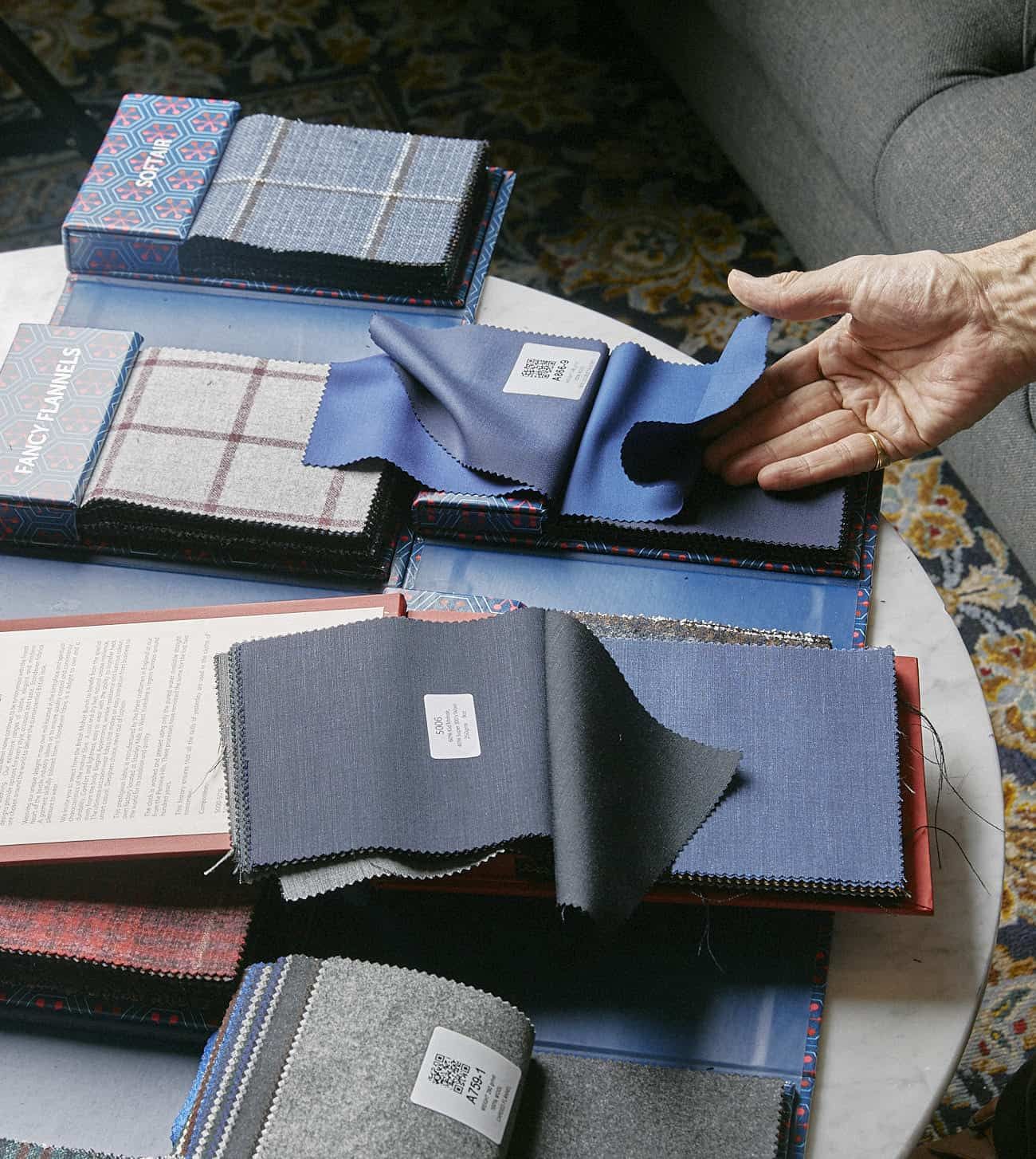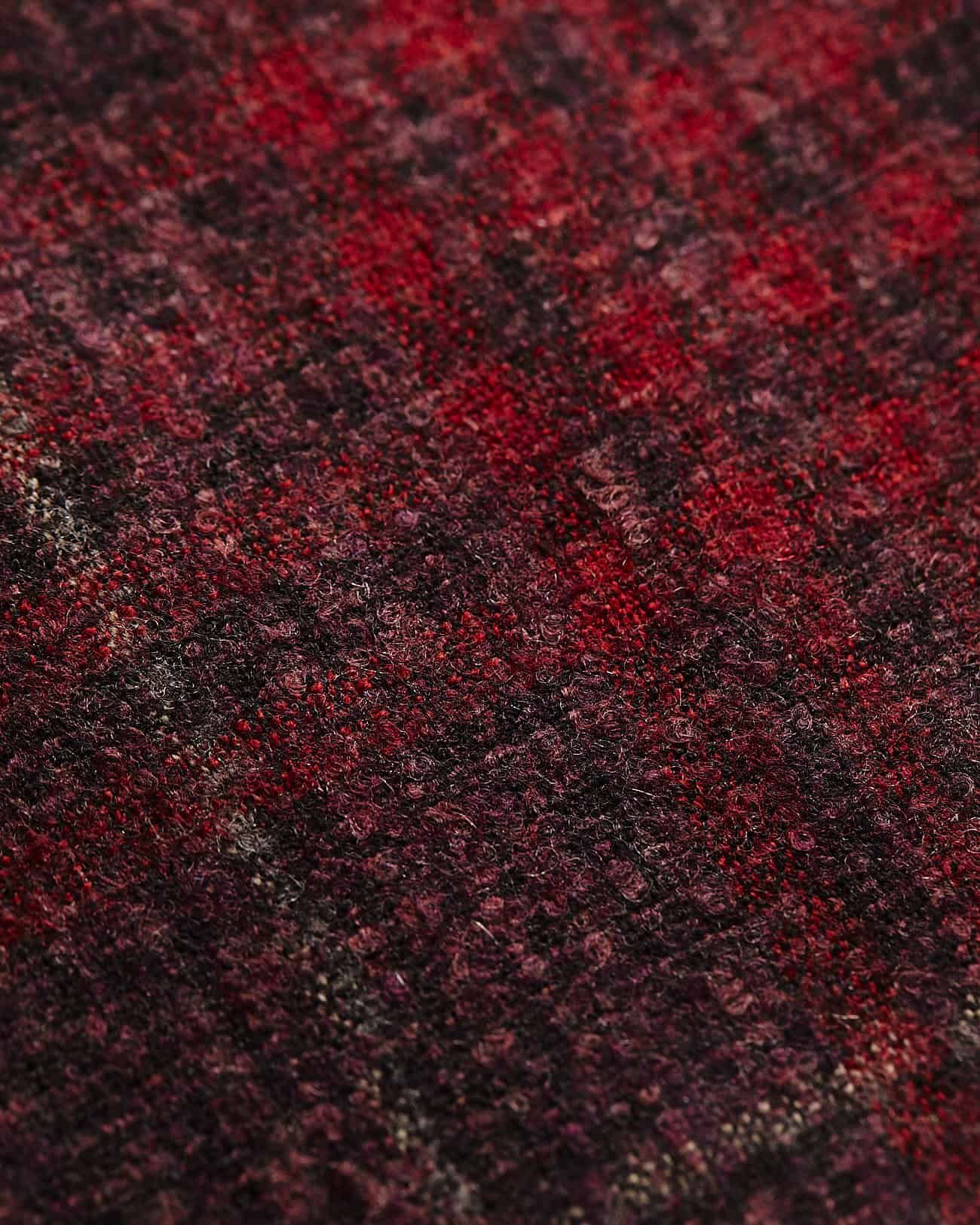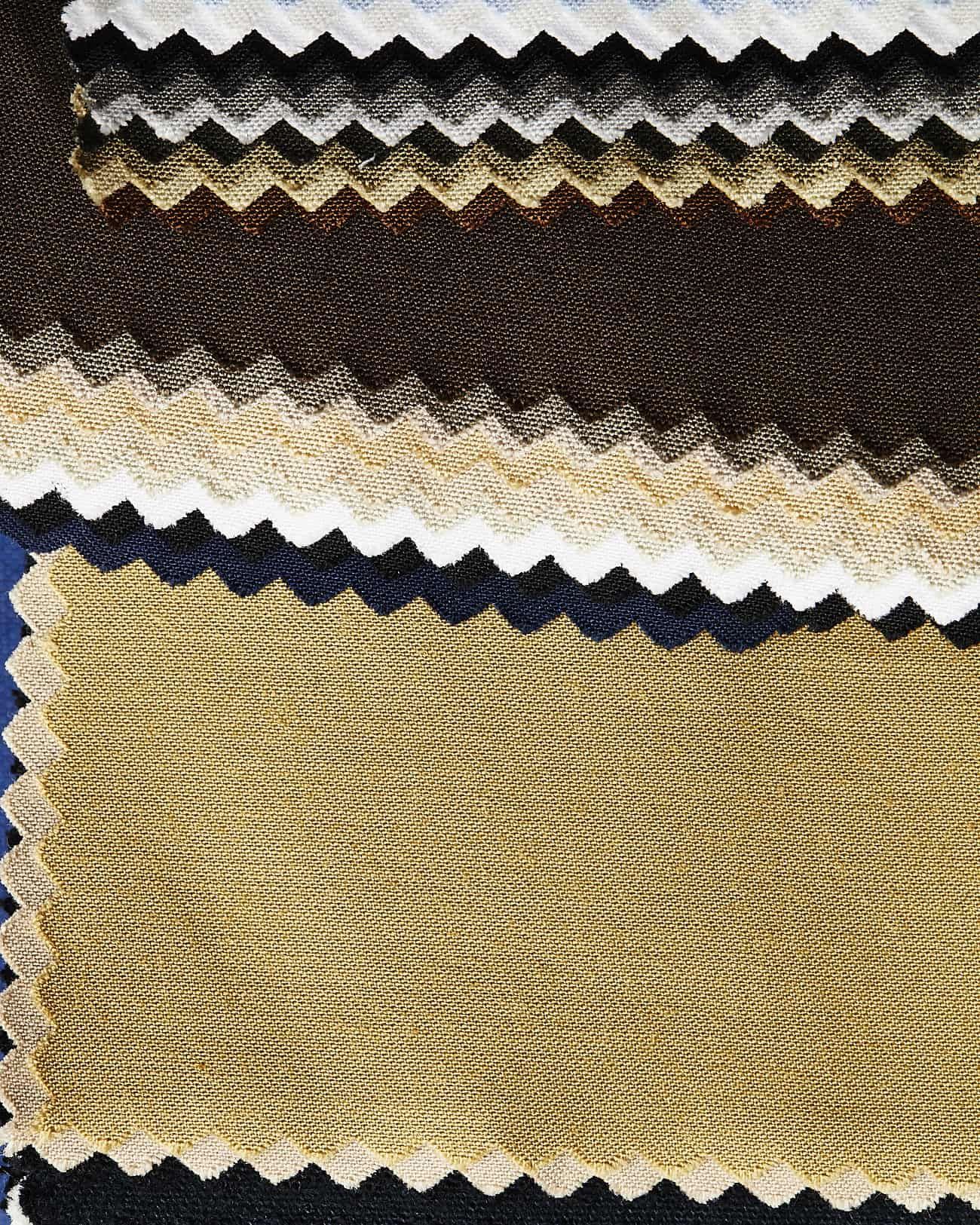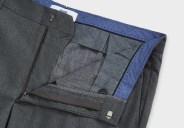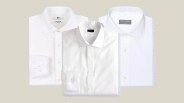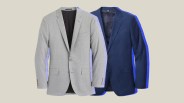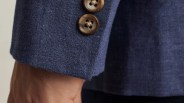Men who opt for made-to-measure suits often get waylaid at the most crucial step: selecting a material. But that’s no surprise. There is a world of fabric options available, and for the uninitiated, they can all seem very similar. They’re not.
Most of the fabrics a customer will encounter when buying a suit are made from wool, but other options include cotton, linen and luxury fibers like cashmere, vicuña, silk and mohair. Cheaper suits utilize synthetic materials like polyester.
Questions to Ask Before Picking a Suit Material
There are a few questions you should ask yourself before deciding on a fabric: What’s the occasion? How much will you be wearing the suit? Do you want a texture or pattern? What about the weight of fabric?
Don’t forget the time of year, either. “There’s something nice about having a seasonal wardrobe,” said Jake Mueser, owner of high-end suiting shop J.Mueser in New York City. “And you don’t need to have 100 suits to have a seasonal wardrobe … but you need to have more than a few.”

Mueser advocates for linen-blends in the summer and heavier tweeds in winter. It allows for a wardrobe to take on more dimension and utilize fabrics designed for different conditions.
